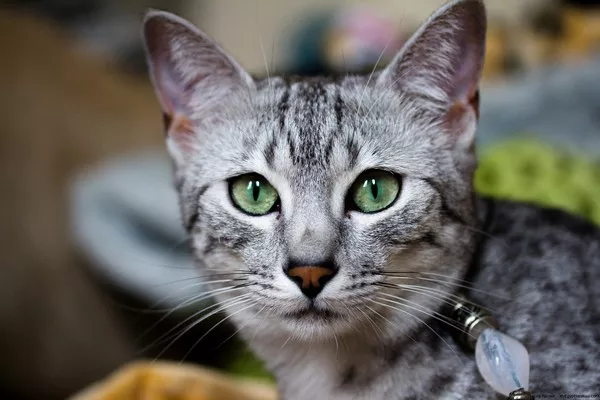Hairless cats, also known as Sphynx cats, are captivating and unique feline companions that stand out due to their lack of fur. While their distinct appearance sets them apart, it also raises questions about their grooming needs, particularly when it comes to bathing. In this article, we will explore the grooming requirements of hairless cats, discuss whether they need baths, and provide essential care tips to keep your hairless feline friend healthy and comfortable.
1. Understanding Hairless Cat Breeds
The Sphynx Cat
The Sphynx cat is one of the most well-known hairless breeds. Despite their lack of fur, they possess a soft layer of down-like hair that gives them a unique texture and appearance.
Other Hairless Breeds
In addition to the Sphynx, other breeds like the Peterbald and the Donskoy are also known for their hairless or partially hairless coats.
2. Grooming Needs of Hairless Cats
Limited Fur Maintenance
Hairless cats lack the fur that traditional cats have, which means they do not require the same level of brushing and shedding control. However, this doesn’t mean they are entirely maintenance-free.
Oily Skin
Hairless cats tend to have oilier skin due to the absence of fur to absorb and distribute natural oils. Regular bathing can help manage oil buildup and prevent skin issues.
3. Do Hairless Cats Need Baths?
Yes, But in Moderation
Hairless cats do need baths, but not as frequently as you might think. Over-bathing can strip the skin of its natural oils, leading to dryness and irritation.
Frequency of Baths
On average, bathing a hairless cat every 2 to 4 weeks is recommended. However, individual factors such as skin condition and activity level may influence the optimal bathing schedule.
4. Bathing Techniques and Tips
Use Mild Shampoos
When bathing your hairless cat, opt for a mild, hypoallergenic cat shampoo to prevent skin irritation. Consult your veterinarian for shampoo recommendations.
Warm Water
Use lukewarm water for the bath to ensure your cat’s comfort. Test the water temperature with your elbow to make sure it’s not too hot or too cold.
Gentle Massage
During the bath, gently massage the cat’s skin with your fingertips to help distribute natural oils and remove dirt.
5. Drying and Moisturizing
Pat Dry
After the bath, pat your hairless cat’s skin dry with a soft, absorbent towel. Avoid vigorous rubbing, which can irritate the skin.
Moisturizing
Apply a veterinarian-approved moisturizer to your cat’s skin to prevent dryness. Make sure the moisturizer is safe for felines and free of harmful ingredients.
6. Skin Health and Sun Protection
Sun Sensitivity
Hairless cats have a higher risk of sunburn due to their lack of fur. Protect your cat from direct sunlight, especially during peak hours.
Sunscreen for Cats
If your hairless cat enjoys spending time outdoors, consult your veterinarian about using pet-safe sunscreen to shield their skin from harmful UV rays.
7. Regular Skin Checks
Monitor Skin Conditions
Perform regular skin checks to detect any changes or abnormalities early. Look for signs of irritation, redness, dry patches, or excessive oiliness.
Consult a Veterinarian
If you notice any skin issues, consult your veterinarian promptly. They can provide guidance on proper care and recommend treatments if necessary.
Conclusion
In conclusion, while hairless cats may not have the same grooming needs as their furry counterparts, they do require specific care to maintain healthy and comfortable skin. Regular, yet not excessive, baths using mild shampoos and proper drying techniques are essential. Additionally, monitoring their skin health, protecting them from the sun, and consulting with a veterinarian when needed will ensure that your hairless feline companion enjoys a happy and healthy life. By understanding their unique needs and providing dedicated care, you can provide your hairless cat with the love and attention they deserve.



























